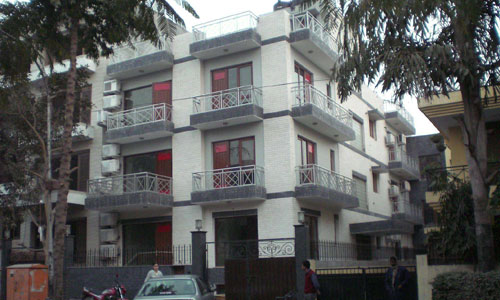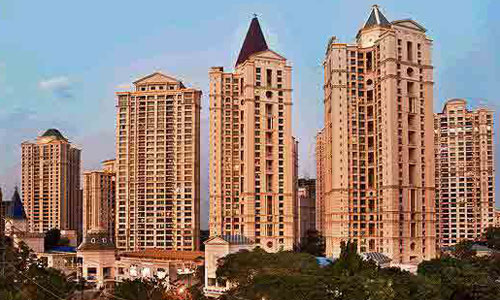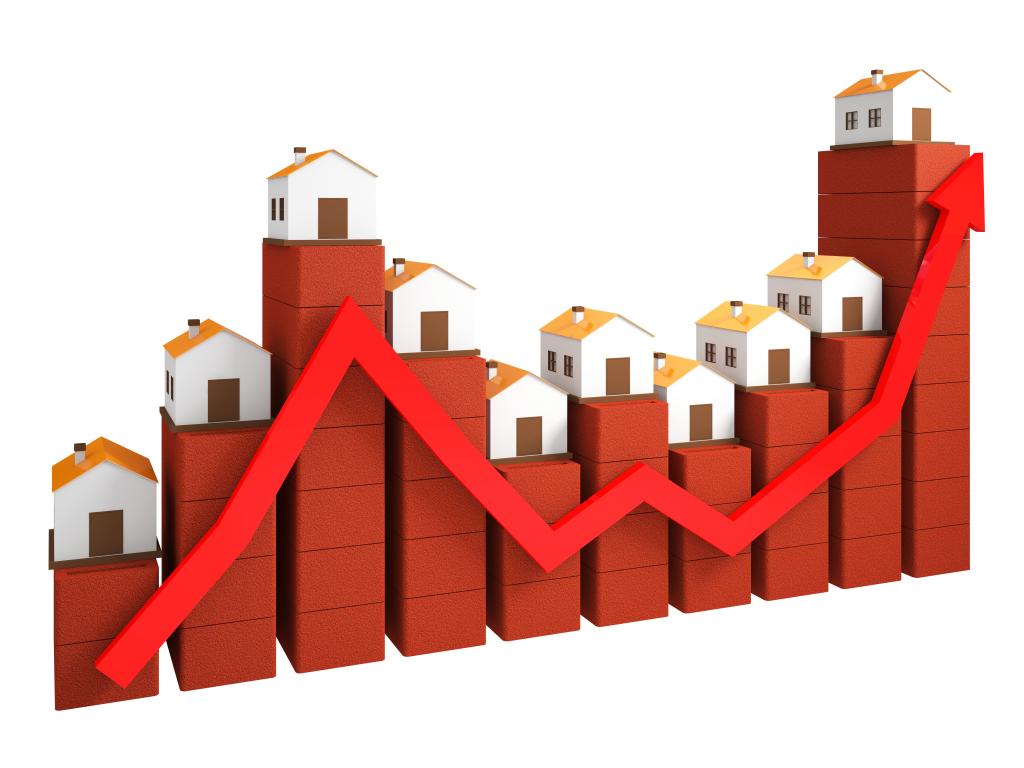
Adani forays in Pune with luxury residential project
The project named Atelier Greens, focuses on offering lifestyle beyond the carpet area, drawing inspiration from making spaces where art of living grows naturally.

The project named Atelier Greens, focuses on offering lifestyle beyond the carpet area, drawing inspiration from making spaces where art of living grows naturally.

The low consumer confidence has been linked as much to peoples’ lack of confidence in their own ability to pay as with the employment uncertainties. Collectively, the buyers’ risk aversion in today’s economy as well as the developers’ unfair business practices have eclipsed real estate like never before.

Year 2018 was a veritable roller-coaster ride for the Indian real estate. Despite signs of recovery across segments, the liquidity crunch – further exacerbated by the NBFC crisis – put all industry stakeholders on tenterhooks.

This growth is witnessed across five major cities – Mumbai, Gurugram, Noida, Bengaluru and Pune, where 4000 homebuyers were surveyed by 360 Realtors to understand buying trends. One of the key driving factors for the increase in investor interest is the impact of policies such as RERA. Assured rentals and EMI payouts after possession, offered by developers have also significantly boosted investor confidence.

Most of the Thane residents feel since the index, which was conceived in 2017, is based on information from the 2011 Census, it does not do justice with the city. The liveability Index of Thane has seen a remarkable improvement in the last six to seven years; something that the survey could not assess due to limited scope of study as well as constrained by the data of 2011 census. The city has seen phenomenal migration leading to cosmopolitan lifestyle and quality of life in this part of the world.

REITs or Real Estate Investment Trusts might be the most debated and expected development in the Indian real estate, but a majority of Indians are yet not convinced how will it operate. Even more in number are questioning the opinion of experts as far as its lucrative ROI (Return on Investment) is concerned. The Indians believe given the market uncertainties REITs won’t be the game changer for the Indian real estate, unless the returns are really tempting.

Gone are the days when the overnight appreciation of property prices was enough for the fly by night operators to lure the buyers with glossy advertisements. The ROI of the advertising spend by the developers was calculated with the number of phone calls in return. The economic downturn leading to an end of era of quick appreciation, however, changed the market dynamics completely.

Employees are the backbone of any given business. They are the reasons why your business is successful or not. The productivity of an enterprise is directly proportional to the happiness index of its manpower. But what would you call a business where the vast universe of the workforce is pretty disillusioned and the business is yet not ready to address it? Welcome to the work culture of Indian real estate!

Ever since I got into the hitherto-untouched & challenging business of brand rating of Indian real estate developers, I only get the reactions in extreme, depending upon whether the developer has been rated high or low. After all, every builder is a God’s gift to the world of brand, as per his own make-belief metrics.

The Indian real estate developers are going over-board in capturing the fantasy of the rich Indians who are also expat professionals. But they seem to have gone completely off target when understanding the long-term housing needs of these Non Resident Indians (NRIs).
